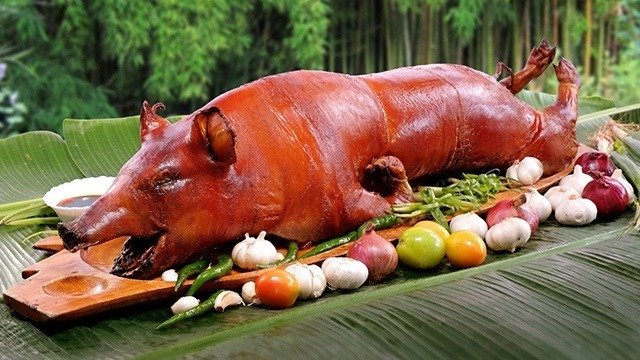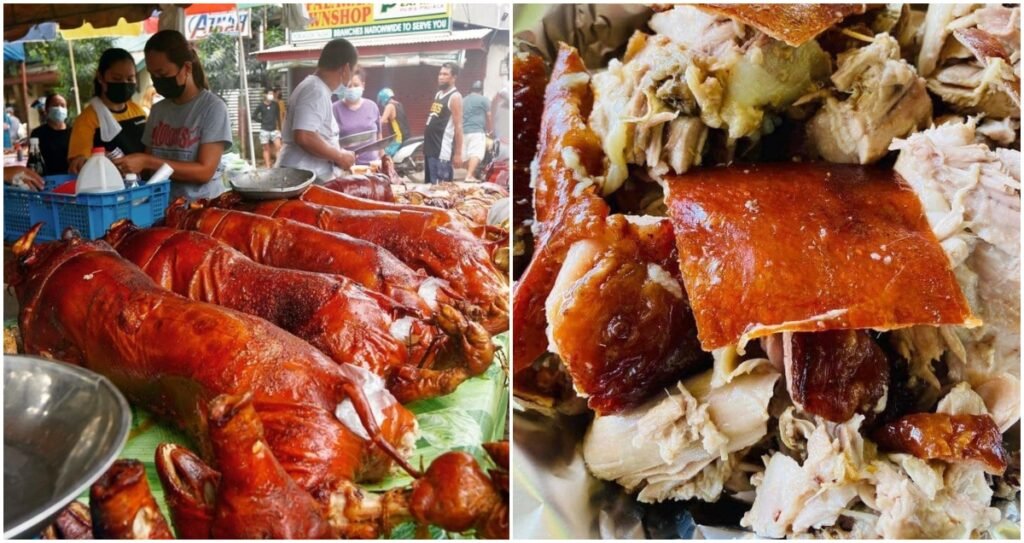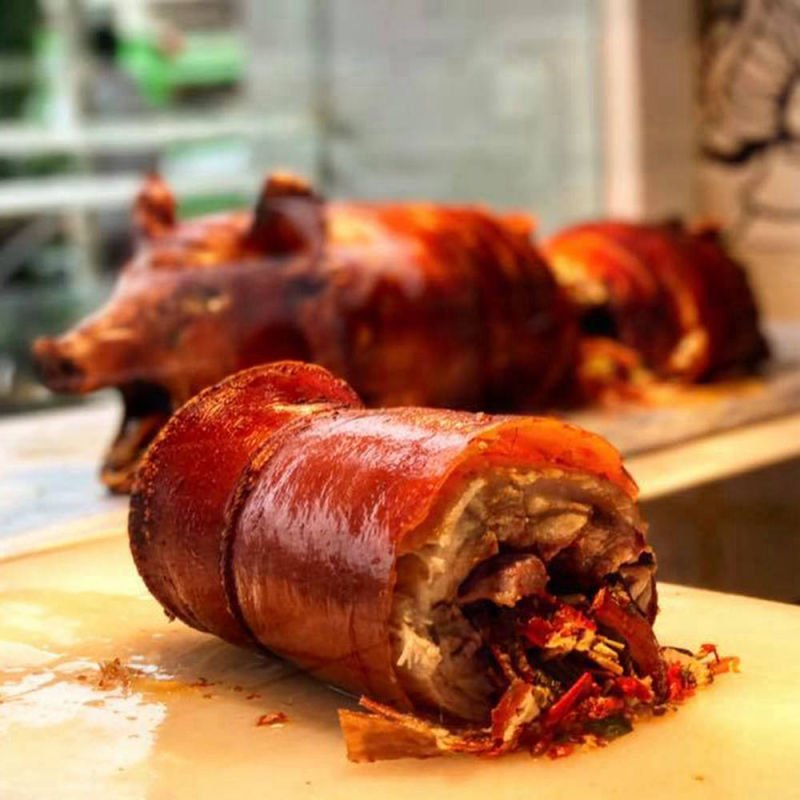Nestled in the heart of the Philippines, Cebu is renowned for its stunning beaches, vibrant festivals, and most notably, its mouthwatering lechon. Regarded as one of the best versions of this beloved Filipino dish, Cebu lechon holds a special place in the hearts (and stomachs) of locals and visitors alike. In this blog, we’ll delve into the rich history of Cebu lechon and explore the secrets behind its irresistible flavors.

Lechon, a Spanish word meaning roasted suckling pig, has been a staple of Filipino celebrations for centuries. However, it is in Cebu where this culinary tradition has reached its pinnacle. The origins of Cebu lechon can be traced back to the Spanish colonial period when pig roasting was introduced to the island by Spanish colonizers.

Over time, Cebuano cooks perfected the art of lechon-making, developing unique techniques and flavor profiles that set Cebu lechon apart from its counterparts in other regions. The secret lies in the meticulous preparation and roasting process, which involves marinating the pig in a special blend of herbs and spices before slow-roasting it over an open flame for several hours.

Recipe for Authentic Cebu Lechon: While the exact recipe for Cebu lechon is closely guarded by local lechoneros, here’s a simplified version that captures the essence of this iconic dish:
Ingredients:
- 1 whole pig (about 20-30 kilograms)
- For the marinade:
- 1 cup soy sauce
- 1 cup vinegar
- 1 head garlic, minced
- 1 thumb-sized ginger, grated
- 4 stalks lemongrass, pounded
- 4 pieces bay leaves
- Salt and pepper to taste
- For basting:
- 1 cup coconut water
- 1 cup Sprite or 7-Up
- For the dipping sauce:
- Liver sauce or vinegar with soy sauce and spices

